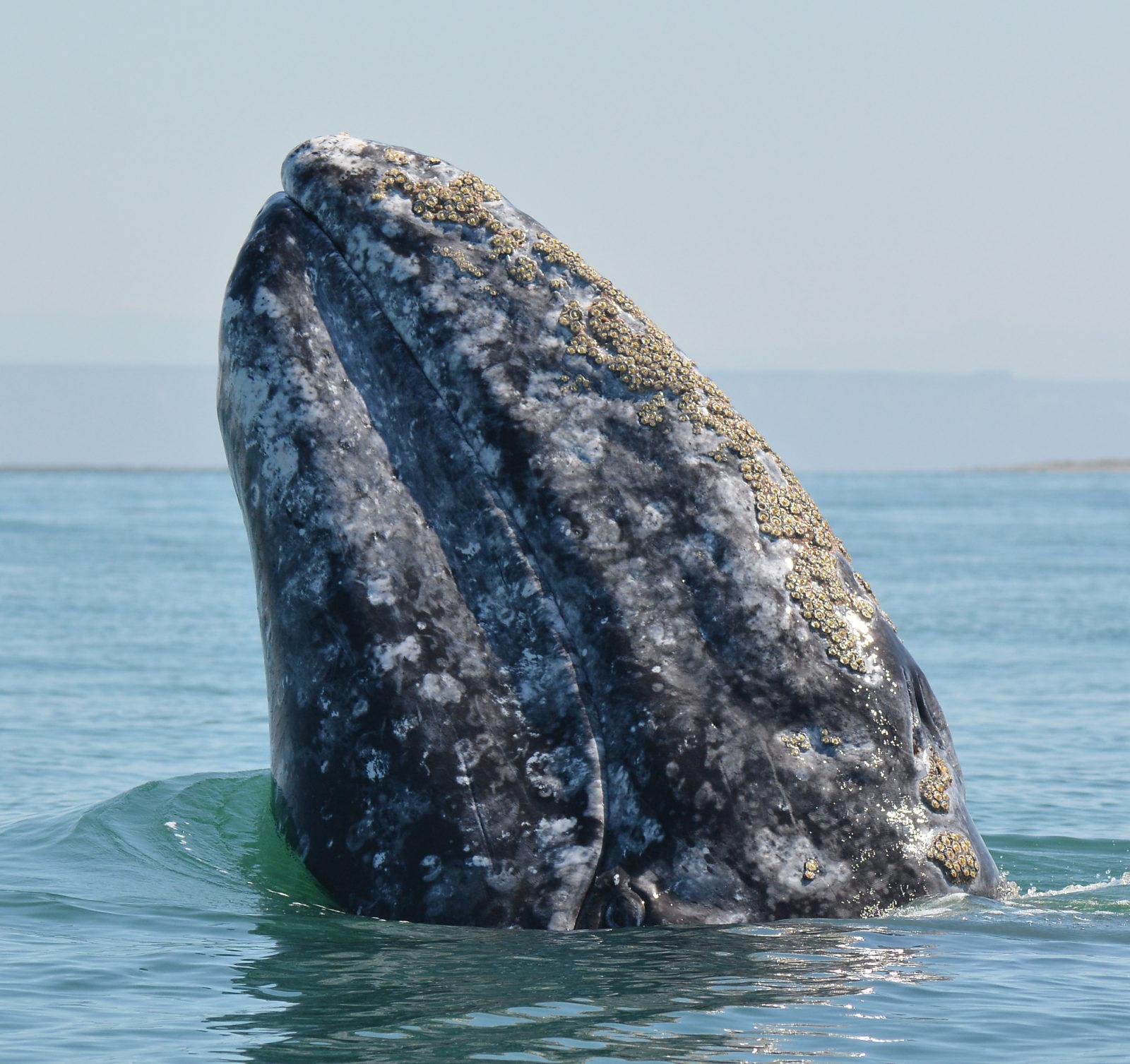Just a Reminder: NEW 3-day Pelagic Birding Tour 2021

Photo by Alisa Schulman-Janiger

Photo by Alisa Schulman-Janiger
It’s a great time to get offshore to deep-water pelagic zones to search out exciting seabirds such as Cook’s Petrels, Scripps’ Murrelets, Black-footed and Laysan Albatross; Black, Leach’s and Ashy Storm-petrels; Brown and other Boobies; South Polar Skua; Pomarine, Parasitic, and Long-tailed Jaegers; and Arctic Terns. Plus we’ll have a long list of usual species found in our waters, often gathering around underwater banks, mounts, and canyons. This trip is limited to ABA-waters, including coverage of the southern-most areas of it.

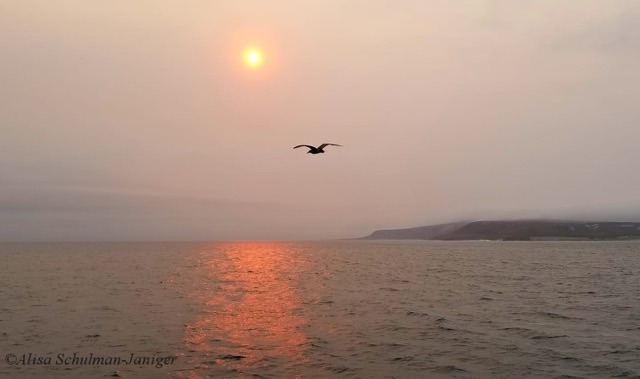
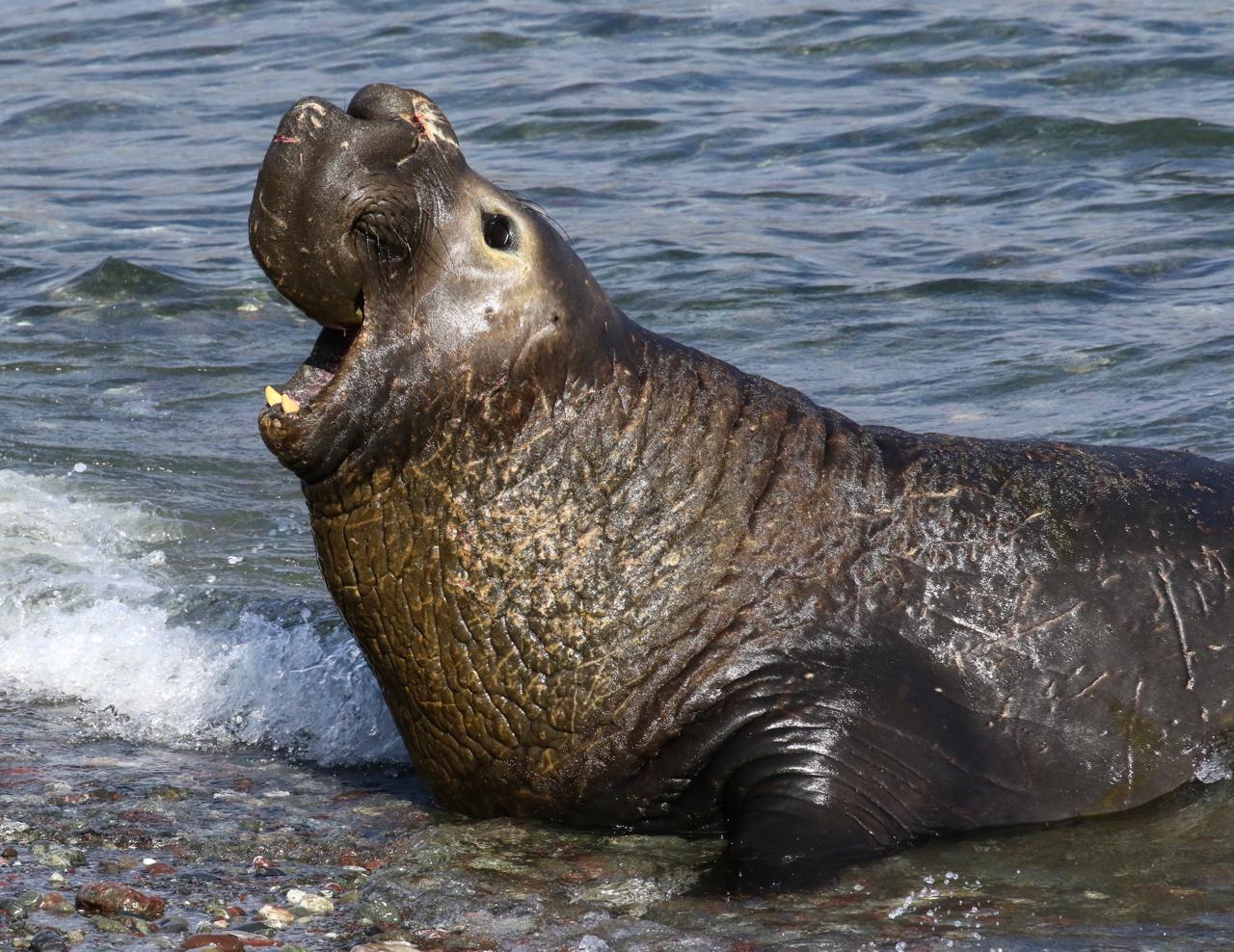

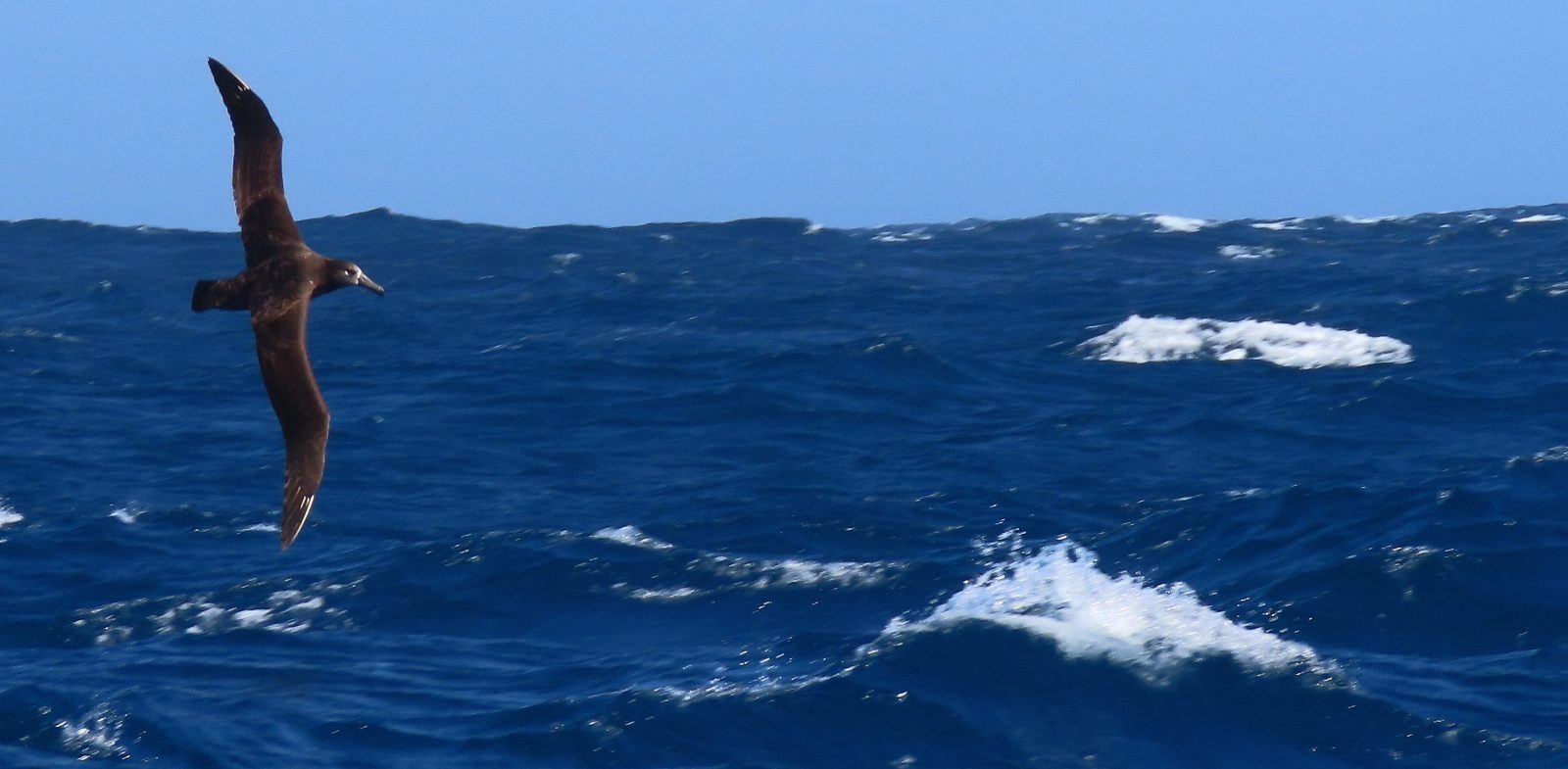




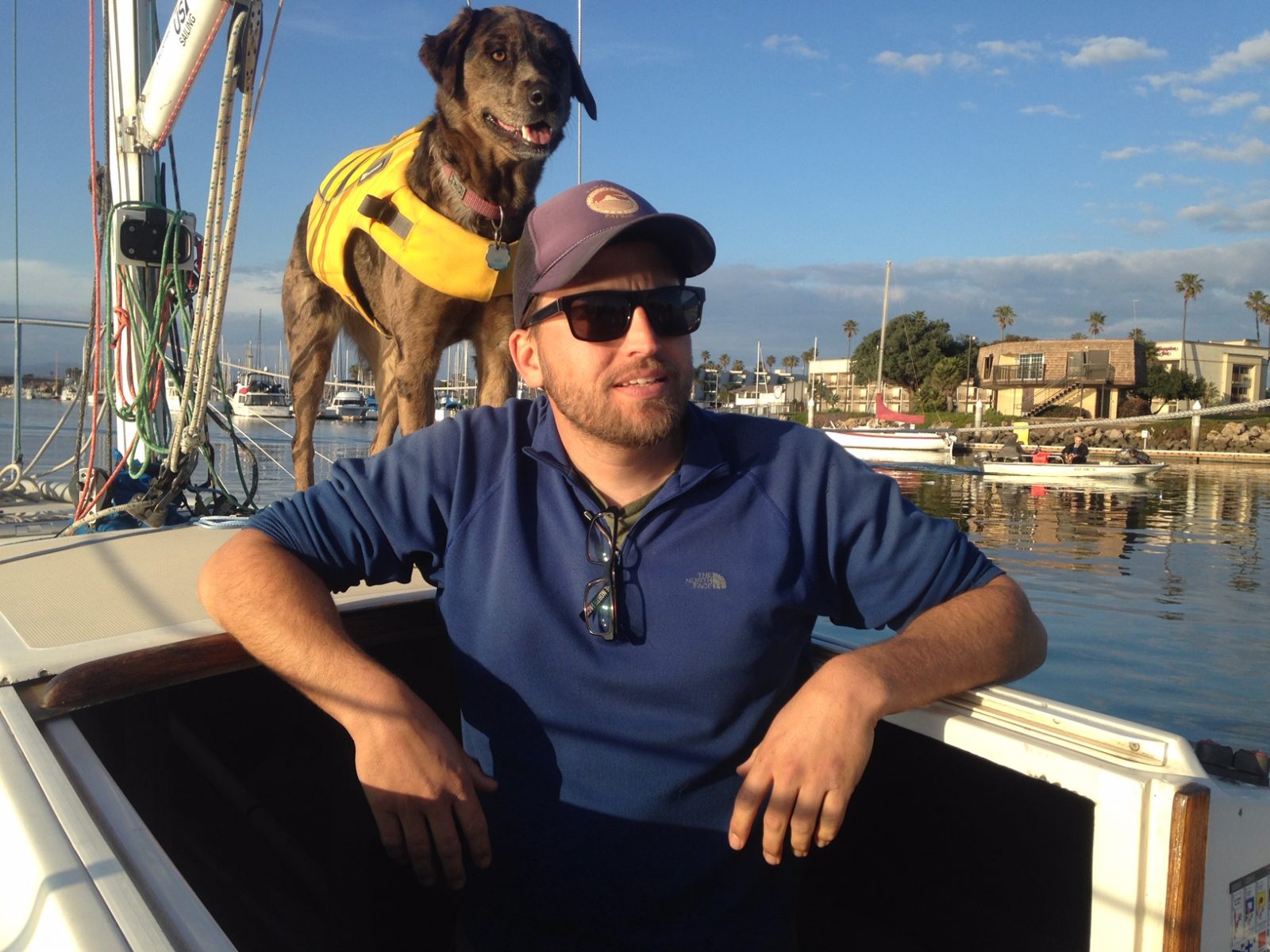








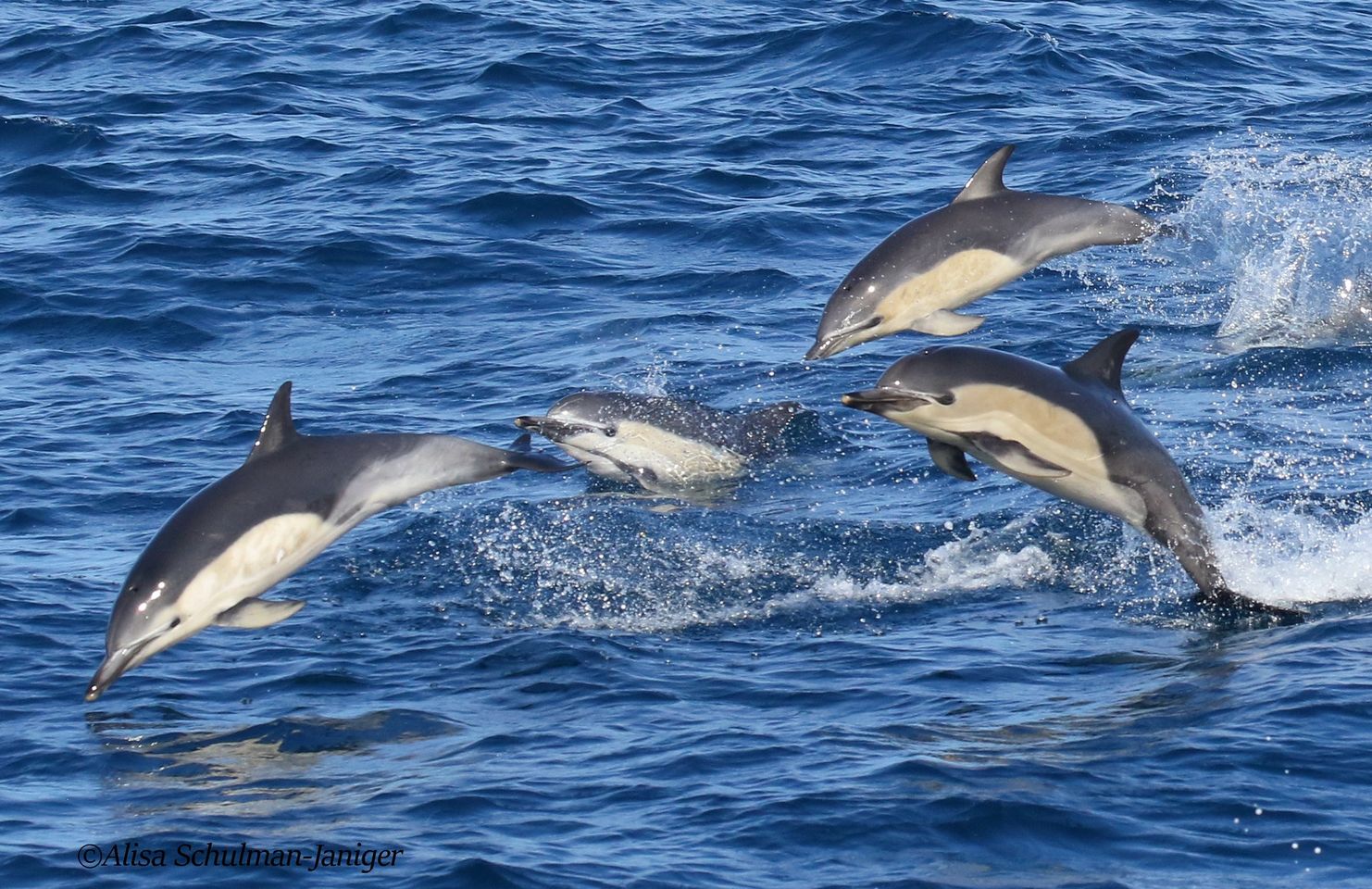


 🐋
🐋
